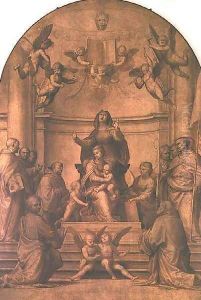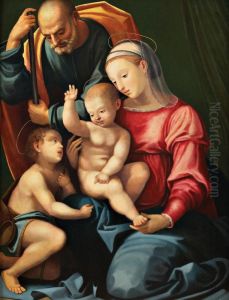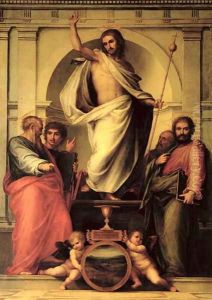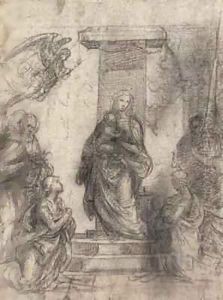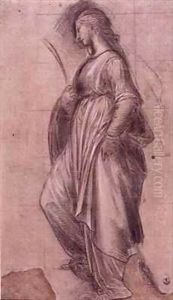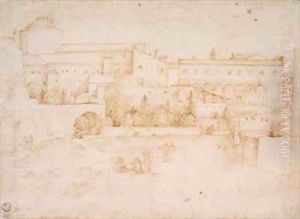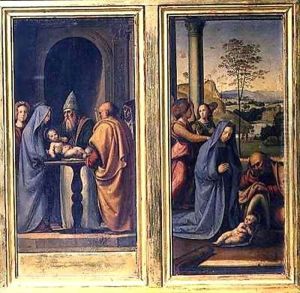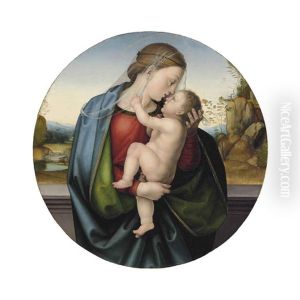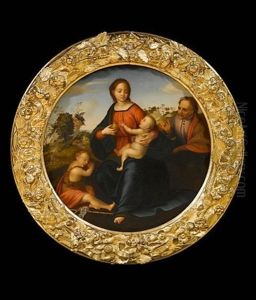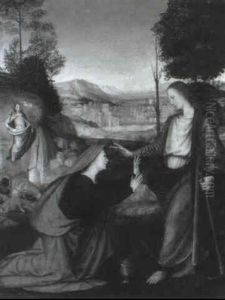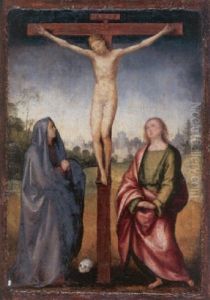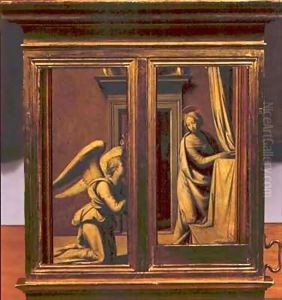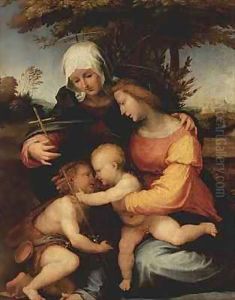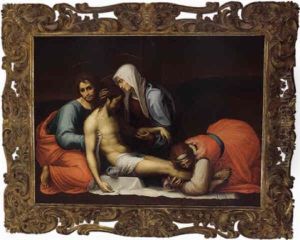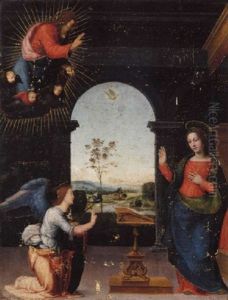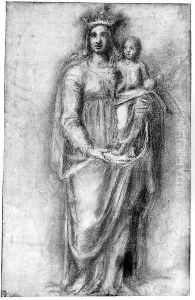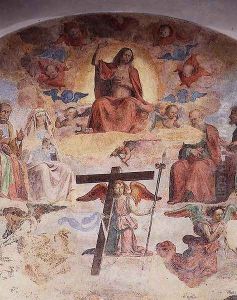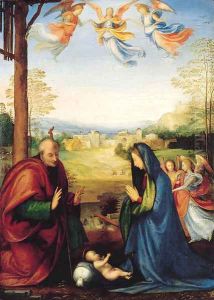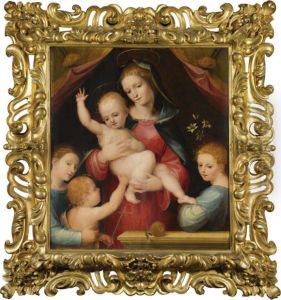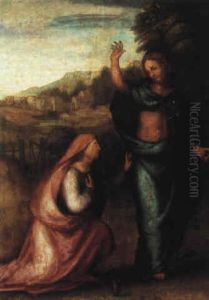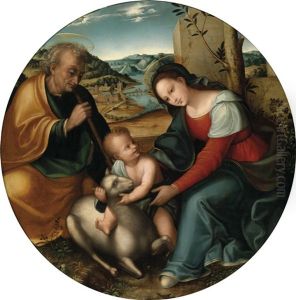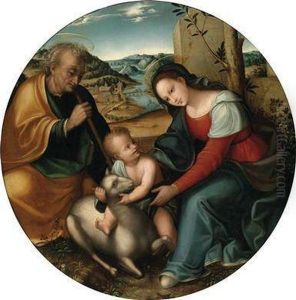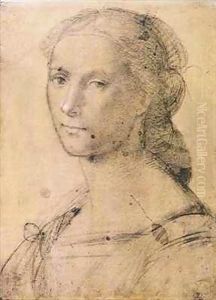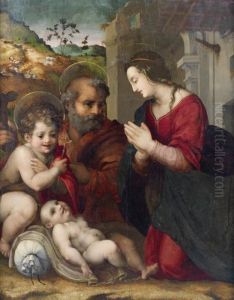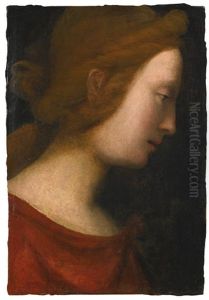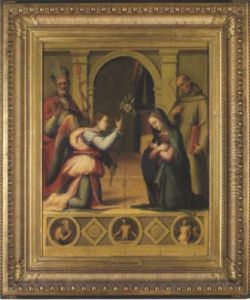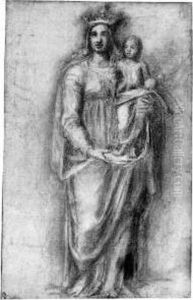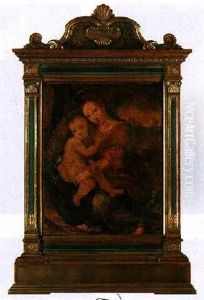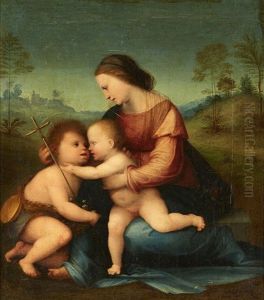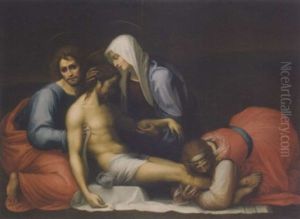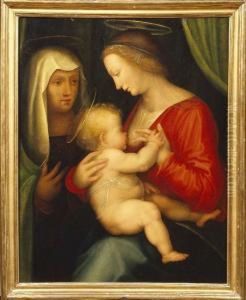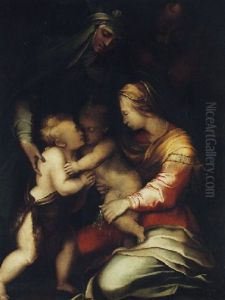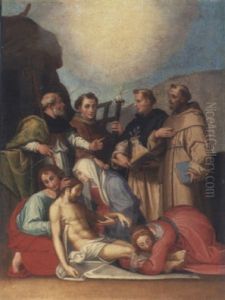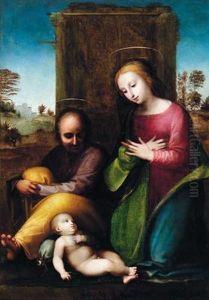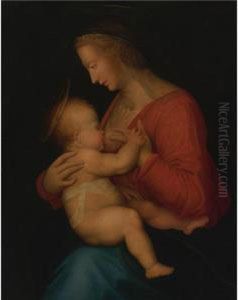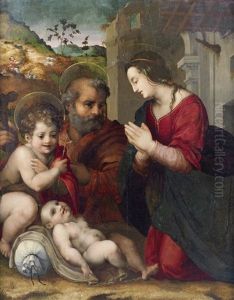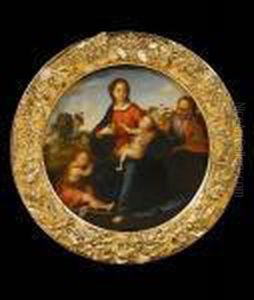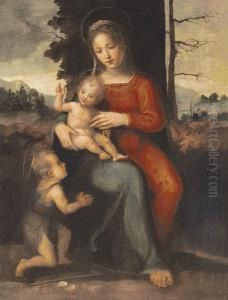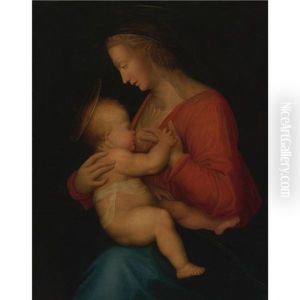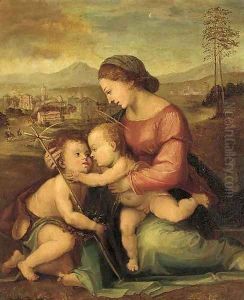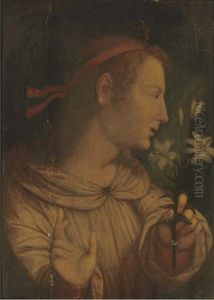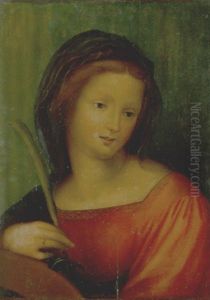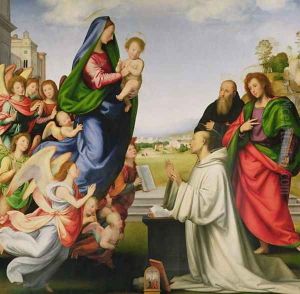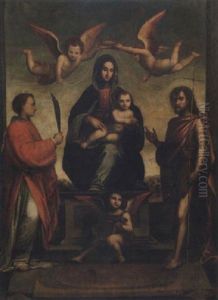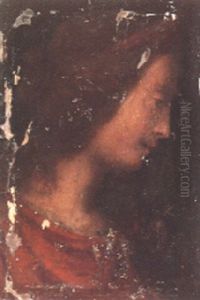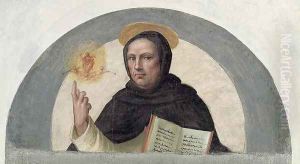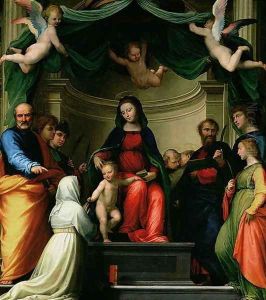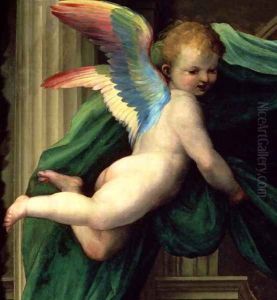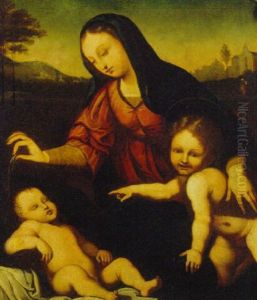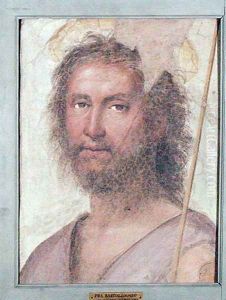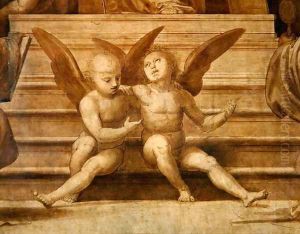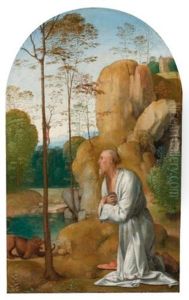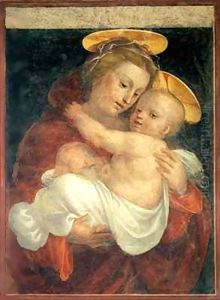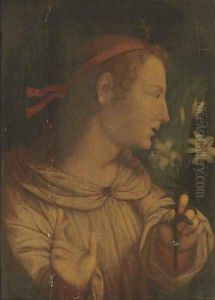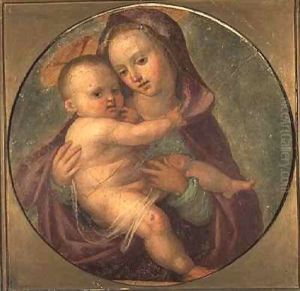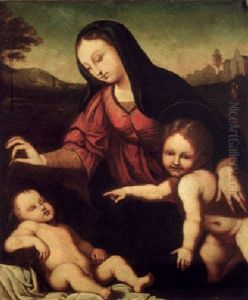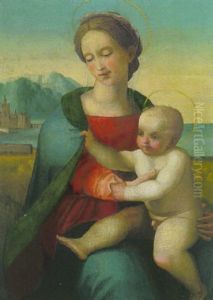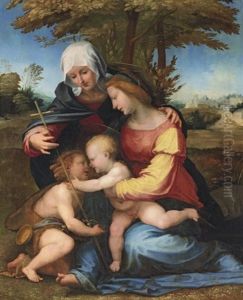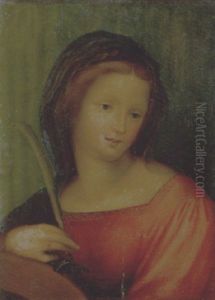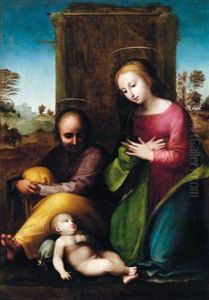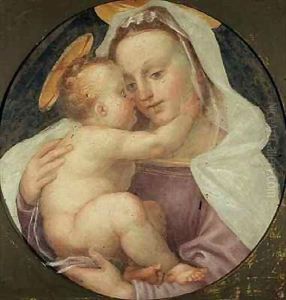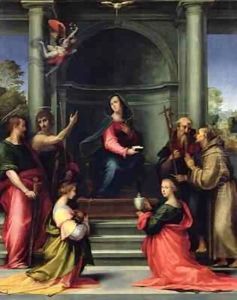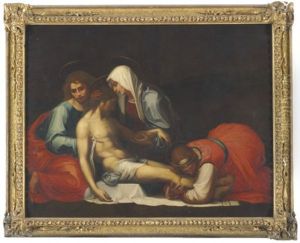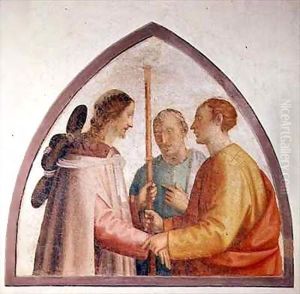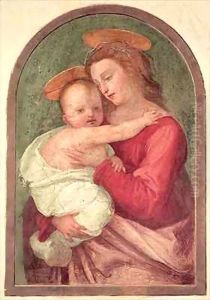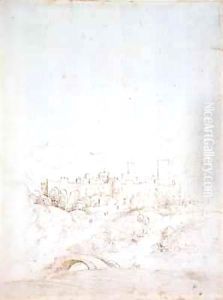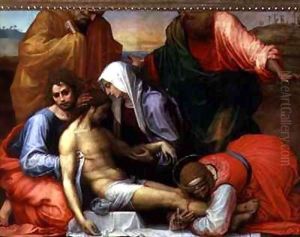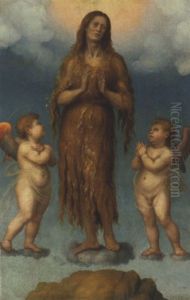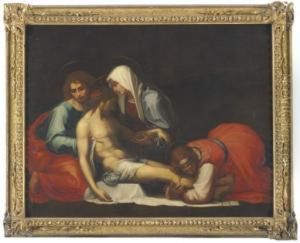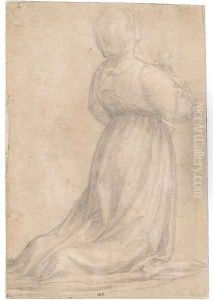Fra Bartolommeo della Porta Paintings
Fra Bartolommeo, born Baccio della Porta, was an Italian Renaissance painter of the Florentine school. Born in Savignano di Prato in 1472, he would eventually become known for his religious paintings which exhibit a serene piety combined with a sophisticated use of volume and perspective.
Bartolommeo's early training was under the tutelage of Cosimo Rosselli, and later he collaborated with Mariotto Albertinelli, with whom he formed a workshop in 1494. The partnership lasted until 1500, producing works that seamlessly blend the styles of both artists. His works from this period show the influence of Leonardo da Vinci, particularly in his use of sfumato and the study of anatomy.
A significant turning point in his life occurred in 1500, following the death of Savonarola, a religious reformer and a dominant figure in Florence whom Bartolommeo was a devout follower. After this event, Bartolommeo decided to enter the Dominican order at the convent of San Marco, and as a result, he gave up painting for several years.
He returned to the art world in 1504, combining his monastic life with his artistic career. His style matured, reflecting the influence of his religious dedication. Bartolommeo is credited with developing a style that was a bridge between the works of the early Renaissance and the High Renaissance. His paintings are noted for their grandeur and clarity of composition. He often employed monumental figures influenced by the works of Fra Angelico, another Dominican friar and painter, with whom Bartolommeo felt a deep kinship.
During this period, he completed some of his most famous works, including 'The Madonna and Child with Saints' (also known as the 'Pala di San Marco') and 'The Last Judgment'. He also painted the 'St. Mark Enthroned', which showcases his masterful use of perspective.
In 1508, Fra Bartolommeo visited Venice, where he was inspired by the works of Giovanni Bellini and other Venetian masters. His own work began to incorporate the rich color palette typical of the Venetian style.
Fra Bartolommeo's later works are characterized by their sophisticated color schemes and complex compositions, which had a significant impact on later artists, including Raphael. His influence can especially be seen in Raphael's Roman period.
Unfortunately, Bartolommeo's career was cut short by his early death in 1517. Despite his relatively few works, his contributions to the development of High Renaissance art were significant, and he is remembered as a key figure in the transition between the early and High Renaissance.
